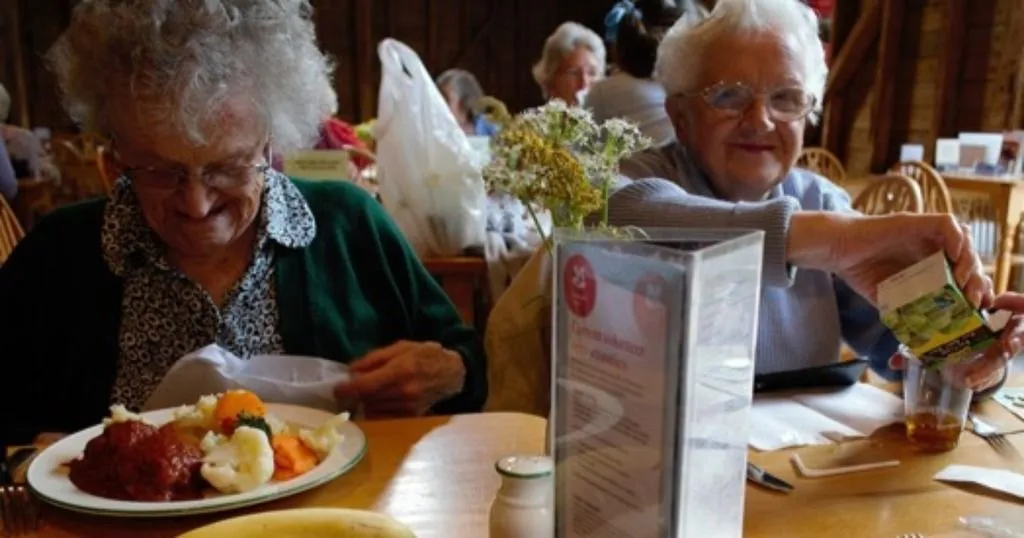Implementing Tailored Activity Programs
Tailored Activity Programs (TAP) have been shown to have significantly reduce behavioral occurrences in dementia patients and improve engagement and positive behaviors.
Posted by
Published on
Tue 02 Aug. 2016
Topics
| Alzheimer's Disease | Coding Behavior | Dementia | Doctor-patient Interaction | The Observer XT | Video Observation | Video Recording |

Sometimes pharmacological strategies can hurt more than they help. This is why non-pharmacological strategies are meant to be used as the first-line in the treatment of patients, but it can be difficult to tell which strategies should be used with dementia patients in hospitals.
Implementing Tailored Activity Programs for Hospitalized Dementia Patients
Tailored Activity Programs (TAP) have been shown to have significantly reduce behavioral occurrences in dementia patients and improve engagement and positive behaviors. Although TAP has been used in homes and residential care, this study was a pilot for applying this strategy to dementia patients in hospitals. By using the strategy, researchers aimed to find a way to increase positive behaviors of patients with dementia.
Behavioral symptoms and dementia
One of the largest difficulties with dementia patients is that with the decline in their mental state, they start to have cognitive functional challenges. This results in increased negative reactions to their environment. Behavioral symptoms, such as agitation or aggression, can cause an increased risk of admission for dementia patients into both psychiatric and non-psychiatric hospitals. A goal of TAP is to address these behavioral symptoms by identifying patient interests and their abilities to perform tasks, thus creating a tailored activity. These activities are meant to give the patient a way to positively reengage with their environment, which will allow a higher frequency of positive behavioral states.

Implementing a TAP in a hospital setting
Laura Gitlin and colleagues studied the feasibility of implementing this program in hospitals. It not only aimed to evaluate the reaction of the patients to the program, but also the reaction of the hospital staff. After being evaluated by occupational therapists, patients were given three activity prescriptions and a schedule for when these activities were to be performed. These activities varied depending on the level of cognitive functioning for the patient. The recreational therapists and certified nursing assistants were then trained in how to help the patient complete these prescriptions.
The Observer XT was used to code video recordings. The first video recordings were of the patients within three days of admission prior to the occupational therapist’s activity prescriptions as a baseline. The patients were also observed in up to six of the TAP sessions. There were 11 categories for verbal behaviors, including positive, repetitive, aggressive, delusions, and depressive. As for nonverbal behaviors, there were 12 categories, including positive gestures, aggression, eyes closed, somatic, and distracted. This behavioral coding occurred in 10 second intervals. A month after patient discharge from the hospital, the family satisfaction with the care and if the prescribed activities were still used at home was determined by a brief telephone survey.
Results of the study
This was a pilot study with a small sample size, so findings cannot be considered definite. However, the findings in this study did indicate that implementing a TAP in a hospital for dementia patients could have a positive impact. The increase in positive behaviors supports the feasibility of this program. Results overall were encouraging with increases in pleasure and decreases in anxiety and anger compared to the baseline results. Many of the families when contacted a month after discharge were highly satisfied with the program and over 50% of the total activities prescribed were used at home.
On the side of the hospital staff, the results appeared to be positive as well. Though staff may have been hesitant at first with the program, by the end they had embraced it. It was able to fit within the work flow of the hospital and readiness of the staff improved. Upon completion of the study, staff continued to use the program. TAP effectively engages patients and results in positive responses with no apparent harmful results. Overall, it appears to be a successful strategy for treating dementia patients, though there is still much research to be done on evaluating TAP treatment effects in a hospital setting.
References
Gitlin, L.N.; Marx, K.A.; Alonzi, D.; Kvedar, T.; Moody, J.; Trahan, M.; Van Haitsma, K. (2016). Feasibility of the Tailored Activity Program for Hospitalized (TAP-H) Patients With Behavioral Symptoms. Gerontologist, 00, 1-10.
Related Posts

Discussing uncertainty during cancer genetic counseling

Nurse patient interaction - two coding schemes

